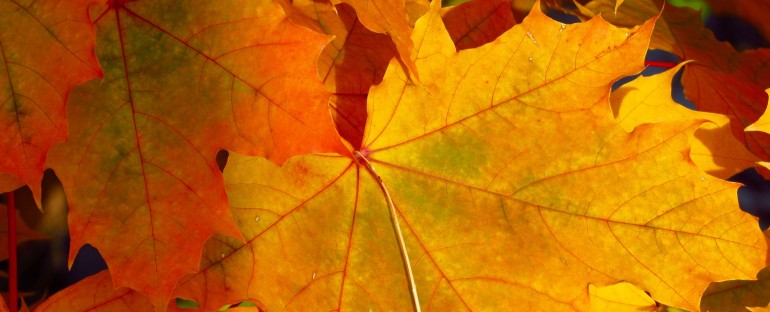My first semester in college, I signed up for a philosophy class. The professor was short and stocky, had long hair and an attitude of defiance, even anger, which, I guess, was a sign of the times—it was 1968 and colleges were filled with defiant, angry people. I still remember the sound of his cowboy boots as he stomped up the aisle to the chalk board. I was already intimidated. “Who are you?” he wrote, the chalk clicking loudly against the board. “And don’t just tell me your name!” he warned.
I shrank down in my seat, praying he wouldn’t point to me for a response. What did he want us to say? What was the right answer? I had no idea who I was other than a terrified college freshman sitting in philosophy class, trying to be invisible.
Fast forward several years. I was working as a psychotherapist at a small clinic, and often spent my lunch breaks at the local bookstore. One day while browsing through the shelves in the spiritual section, a book literally fell off the shelf in front of me. I caught it in midair. It was a book on self-knowledge by Ramana Maharishi, an Indian saint I had never heard of at the time. Although I was already practicing yoga and other spiritual techniques, when I opened that book and started reading about self-inquiry, it was as if a missing piece had fallen into place, and it proved to be a major step on my spiritual journey. I read for the rest of the lunch hour and couldn’t wait to finish with my clients at the clinic that day so I could continue immersing myself in the book.
That evening after dinner, I visited my mom at the care facility where she was living. This was always a surreal experience as she no longer recognized me as her daughter. I never quite knew who I was anymore when I was with her, and the question, “Who am I,” was particularly poignant. The roles that had defined us no longer applied. With her, there was no past to relate to. I had to meet her where she was—in the present.
When I was introduced to self-inquiry through the book that fell into my hands, I realized that I had missed noticing who is looking, in favor of what is being seen. It was a subtle but revolutionary realization. My life was going on as usual, but I now noticed that I was the observer of it. This wasn’t actually completely new. I had been aware of the witness before, especially during meditation. But this was something that became a part of my everyday life, anywhere, anytime. Doing a mundane activity like opening the car door after arriving at the clinic parking lot in the morning, I would be intensely present in a way I hadn’t experienced before. It was autumn and the parking lot, which was surrounded by huge sycamore trees, was covered with dry leaves. I was present for the crunching sound as I walked through the leaves toward the clinic. There seemed to be nothing but awareness.
Rather than being lost in activity, there was a sense of being acutely aware. It was not a practice, in the sense of consciously trying to be mindful. It happened spontaneously. I was pulled into the present moment, effortlessly. There was a sense of expansion and freedom, of tapping into a vast dimension that is always available. And yet, it was completely ordinary and natural. A few years later, through a series of synchronicities, I found myself at Ramana Maharishi’s ashram in India. Meditating in a cave there was a great blessing on my spiritual path.
The process that began years ago has continued to unfold. Many misconceptions about self-inquiry and spiritual awakening had to be cleared away as layers of conditioning dropped off. Seeing the truth of who we are requires childlike innocence. The simplicity of self-inquiry is something that resonated with me from the time that book fell into my hands.
When we are on a conscious journey of growth, clues to our evolution are all around us. We can follow these clues like breadcrumbs on our life path when we are open to them. The more we can access our inner silence beyond the noise of the mind, the more we can tune into the higher intelligence that is always subtly (and sometimes not so subtly) guiding us.
The girl in the philosophy class so many years ago, who thought there was a right answer to the question, “Who am I,” and who thought the professor knew the answer, has long since vanished. Discovering who we are is a never-ending journey.
Consider This: Who is it that is seeing, perceiving, experiencing? Rather than being consumed by the story of your life, can you turn your attention to who it is that is experiencing the story. Notice the “screen” on which everything appears and disappears. Notice the synchronicities that are guiding you on you life path.
Recent Posts
Recent Comments
- Terry Scott on CONTEMPLATING THE UNKNOWABLE
- Irene Kokatay on THE PATH OF SELF-KNOWLEDGE
- Terry on THE PATH OF SELF-KNOWLEDGE
- Irene Kokatay on LIVING IN INFINITY
- Terry Scott on LIVING IN INFINITY





2 Responses to THE PATH OF SELF-KNOWLEDGE